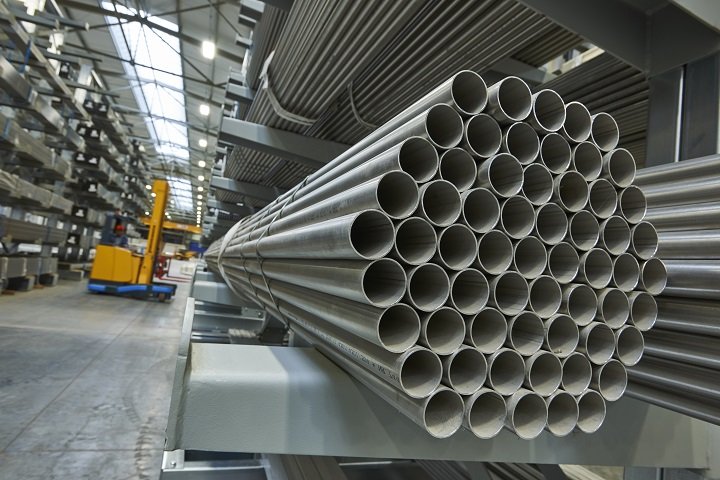An industrial operation’s performance is dependent on a number of factors. The major component of the structural and engineering process is the fluid handling system. This includes the oil, water, and other vital fluids pipe that runs along the walls, ceilings, and underground.
If you’re building a new structure, you’ll have to start from the ground up and choose the best pipe fittings, which might be made of stainless steel or carbon steel. The improper piping material could compromise the product quality as well as your employees’ safety. Furthermore, the material you select will have a direct impact on the project’s success.
Several variables should be considered while putting pipes in a new building or replacing old ones. Here are a few things to think about while choosing the correct material and industrial pipe suppliers for piping engineering.
Transportation Substance
A piping system can be used to carry a wide range of products. Chemical composition can be found in corrosive substances such as seawater, ammonia, and crude oil. Corrosive-resistant pipes are required for such liquids.
Metal pipelining or carbon steel pipe fittings are safe for transporting non-corrosive chemicals. More corrosive liquids, such as peroxide, require stainless steel pipe fittings with a strong interior that can withstand the material’s abrasiveness. Corrosion affects pipelining materials in different ways.
Because stainless steel pipe fittings include many metals that form a protective oxide layer, they do not corrode or rust quickly. Aluminum does not rust, making it the ideal metal for keeping the substance being transported pure and contaminant-free. It holds up well to gas exposure and does not deteriorate. The most suitable rust-resistant material is galvanized steel. Corrosion occurs only after prolonged exposure to salt and water. However, it deteriorates from the inside out, making maintenance tough.
Carbon steel pipe fittings are ideal for high-temperature liquids, but they will corrode if exposed to acids, moisture, or chemicals for an extended period of time.
The substance’s temperature
The use of high-temperature liquids necessitates the use of high-temperature pipe materials. Plastic piping is not ideal for high temperatures, but it can withstand hot fluids in some cases. The pipeline material must withstand the high temperature without compromising the pipes’ or the object in transit’s quality.
When compared to stainless steel pipe fittings, carbon steel pipe fittings can endure higher temperatures.
Tensile strength and weight
The weight and strength of carbon steel and stainless steel pipe fittings are equivalent. The manner of manufacture determines how they are used. The outcomes of these two materials are nearly identical.
Pressure of Liquid
If the liquid being transported has a high pressure, you’ll need piping material with a special design to withstand the pressure. In addition, the material should be thicker or stronger. Different pressures exist in the pipelines for gases and liquids.
This pressure can be affected by external factors such as pipe elevation and temperature. Make sure the pipe fitting material you choose has high ratings for low and high pressures. If this isn’t done, the possibilities of an explosion and technician injuries will increase. Before using a pipe, always check with the manufacturer.
Appearance
For certain users, the appearance and visibility of pipe fittings can be a consideration. If that’s the case, stainless steel pipe fittings are a good choice because they have a gleaming finish and can endure weather exposure. Carbon steel pipe fittings are darker, and if they are exposed to the weather, they will corrode.
Durability
The plumbing system you select must be long-lasting and dependable. However, if the system will need to be replaced in five or 10 years after installation, there is no need to spend money on a long-lasting material. The material’s durability will also be determined by the amount you are willing and able to pay.
It’s possible that temporary work locations won’t need to invest in long-term systems. Carbon steel pipe fittings can rust if they are exposed to anti-rust paint or oil. Stainless steel pipe fittings do not rust easily. That implies the stainless steel will last you a long time.
Maintenance is simple
Some piping materials, like countertops and flooring, are difficult to clean. Determine how frequently you can clean the system and how much effort you are willing to put forth. If you don’t have a lot of upkeep time and effort to spare, look for a low-maintenance material.
See us at IPS for getting the industry standard pipe suppliers.

